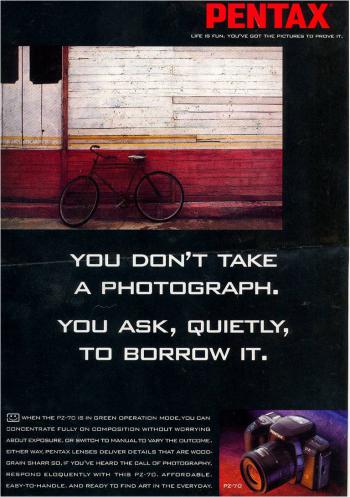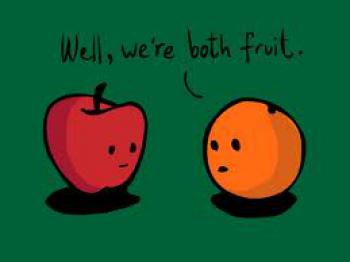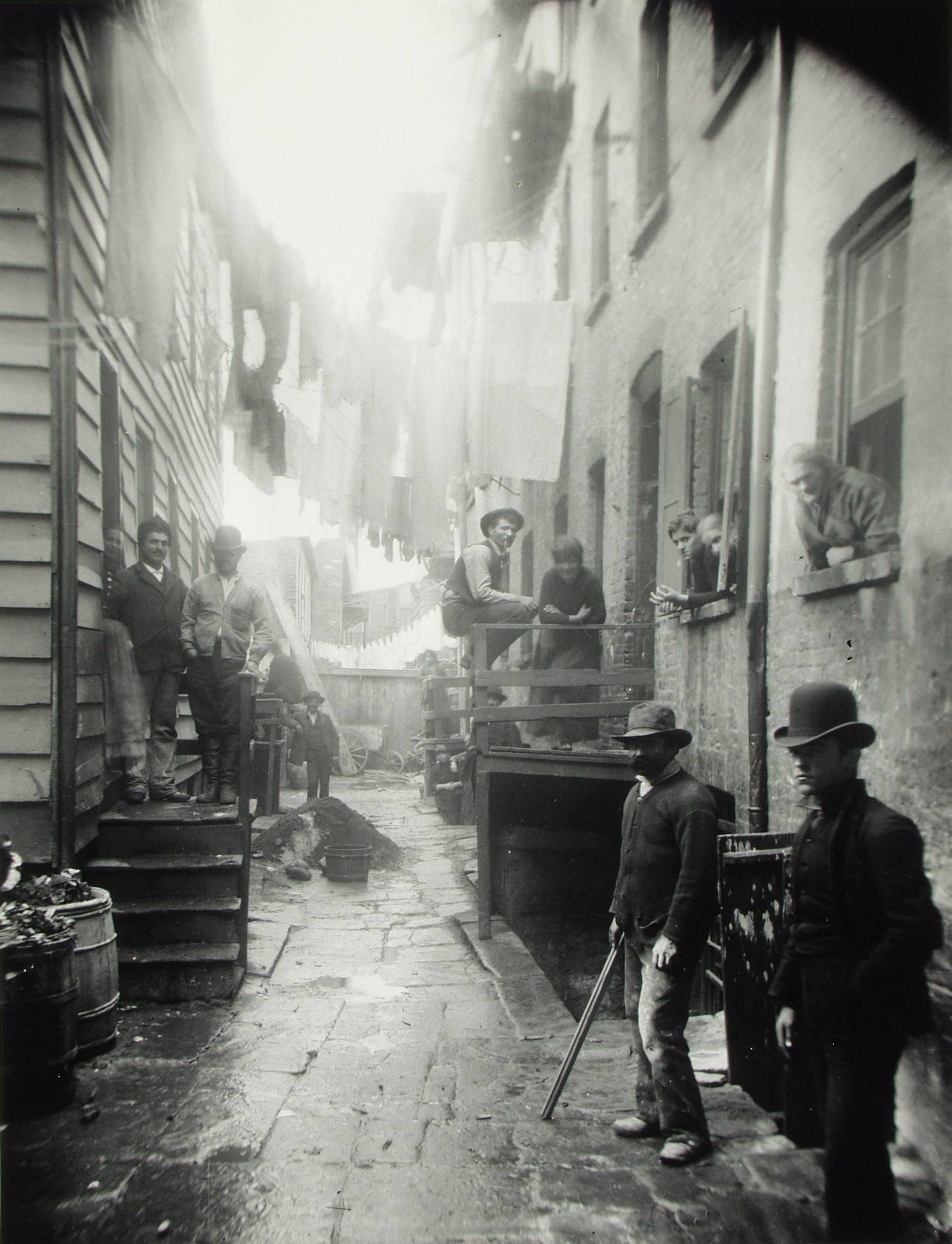Serendip is an independent site partnering with faculty at multiple colleges and universities around the world. Happy exploring!
Vision

Labeling Clients and education
Just thoughts. Really incoherent thoughts:
I'm thinking about the "How Offenders Transform Their LIves" reading in a pedagogical frame. It's hard. Here these counselors are--trying to help out these "clients" by ways of telling them to "look inside themselves" to see whether or not they've "changed". But at the same time, these offenders want guidance--want people to give them a go and label that says that they're going to be okay or on the road to being delabeled. In other words, how do you guide people while still empowering them?
Quote:
"'Readiness' is clearly a complicated negotiation between clients and counselors. Clients are told that the change has to happen from within themselves, yet client self-declarations of 'being ready' are not enough to quality as evidence of success." (Shadd Maruna, Thomas P LeBel, Michelle Naples and Nick Mitchell)
Maybe my problem with their analysis is the issue that the counselors seem to be having in attempting to assist these inmates: Isn't it a problem that we're solely concerned with the labels being imposed onto the offenders? Sure, they're the ones who we are mainly concerned with, but to identify what titles they place on the counselors would 1) reveal what issues they may have with the process of being "readied" and 2) in a way, give them a place to actually label others/give them a place to become more confident in their own abilities.
This is a little too short. I'll come back to this.

Memo #2: Religion in Prisons
I explored the reasons behind and issues that complicate the dissemination of religion in prisons. Both images show examples of religious activity by incarcerated individauls.


memo 2
I emailed my paper to Barb but forgot to post.
I used this image, which Howard Zehr used in his powerpoint. My paper was about how Zehr's work relates to our experiences in the Cannery and how photographic techniques, such as zooming in and zooming, have a similar effect to reframing the words we use to describe our experience in the Cannery.
\


Space, Comfort, and Privacy in Correctional Settings
“We also assume (mostly unconsciously) that what is good for the goose (or ourselves) must be good for the gander (“the average person”)” (Toch 5).
Picture Source: The Liberator Magazine


Privacy and Niches in Prisons and Bryn Mawr
I spent my memo thinking a lot about niches and privacy and how the two were connected. One of the things that really inspired that was considering my own niche. Here's the representation I did of it on Friday! (see also my response to Anne's question about interim spaces as niches for an explanation of this particular aspect of my niche).

Today, I feel blessed.
In my memo, I took a look at the prevalence of religious practice/belief in prison and how prisoners are able to use relgious metaphor in order to combat the negative images and perceptions of crime and criminals. 

Memo II: "Othering" Offenders
In this essay I explore the consequences of social distancing prisoners and, on the flipside, the consequences that arrive when one wants to, and attempts to, close that distance.



Look at it through a bigger frame.
This is the image I used in my summary. It is a photograph by Jacob Riis, taken in 1890, that I feel exmplifies Howard Zehr's ideas of looking at crime/criminals with a bigger frame in mind. This photos purpose was to show that enviroment was a cause of crime and not biology.


Finding the self in walled communities
This is Sharon Wiggins, a lifer who we were told by some of the women in the Cannery has now been released. This photo by Howard Zehr really captured my attention, and made me question how incarcerated men and women adapt to, and are even able to do introspective reflection in their prison environments. 




